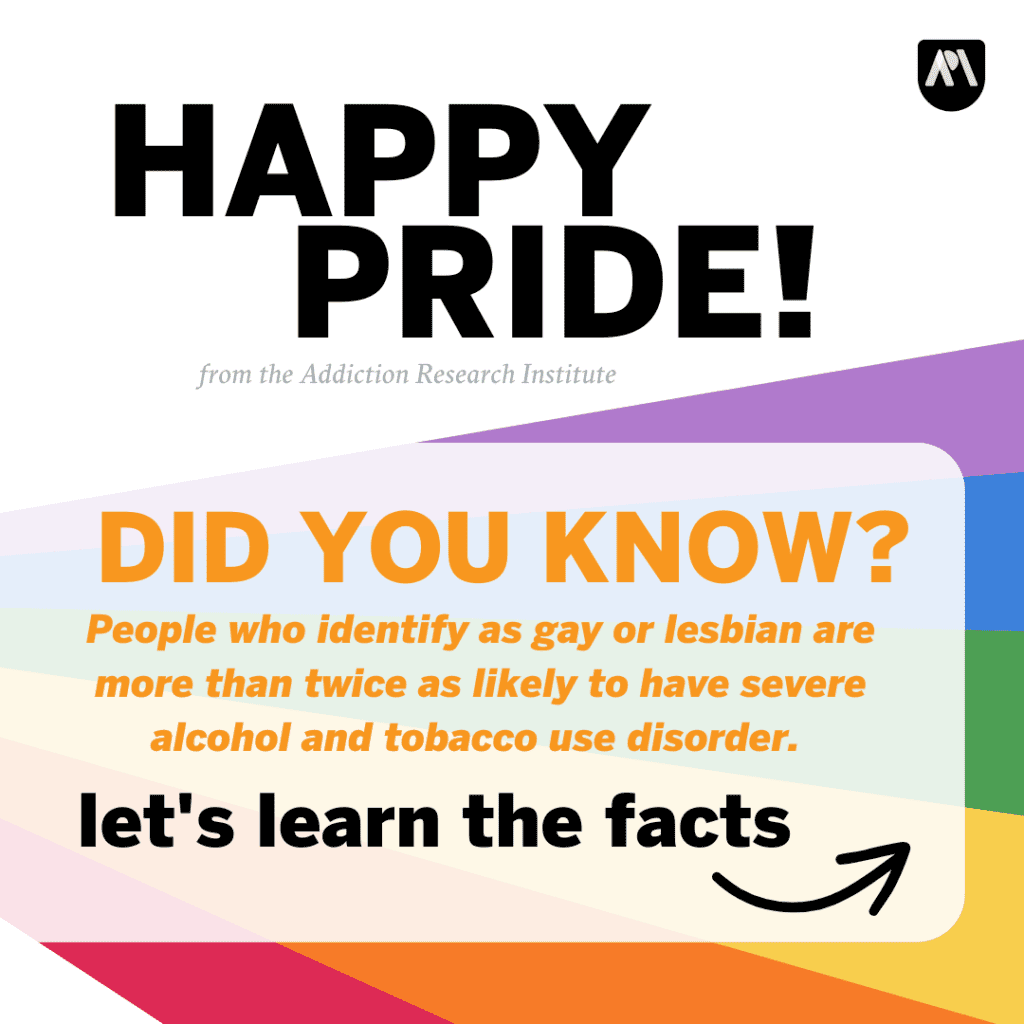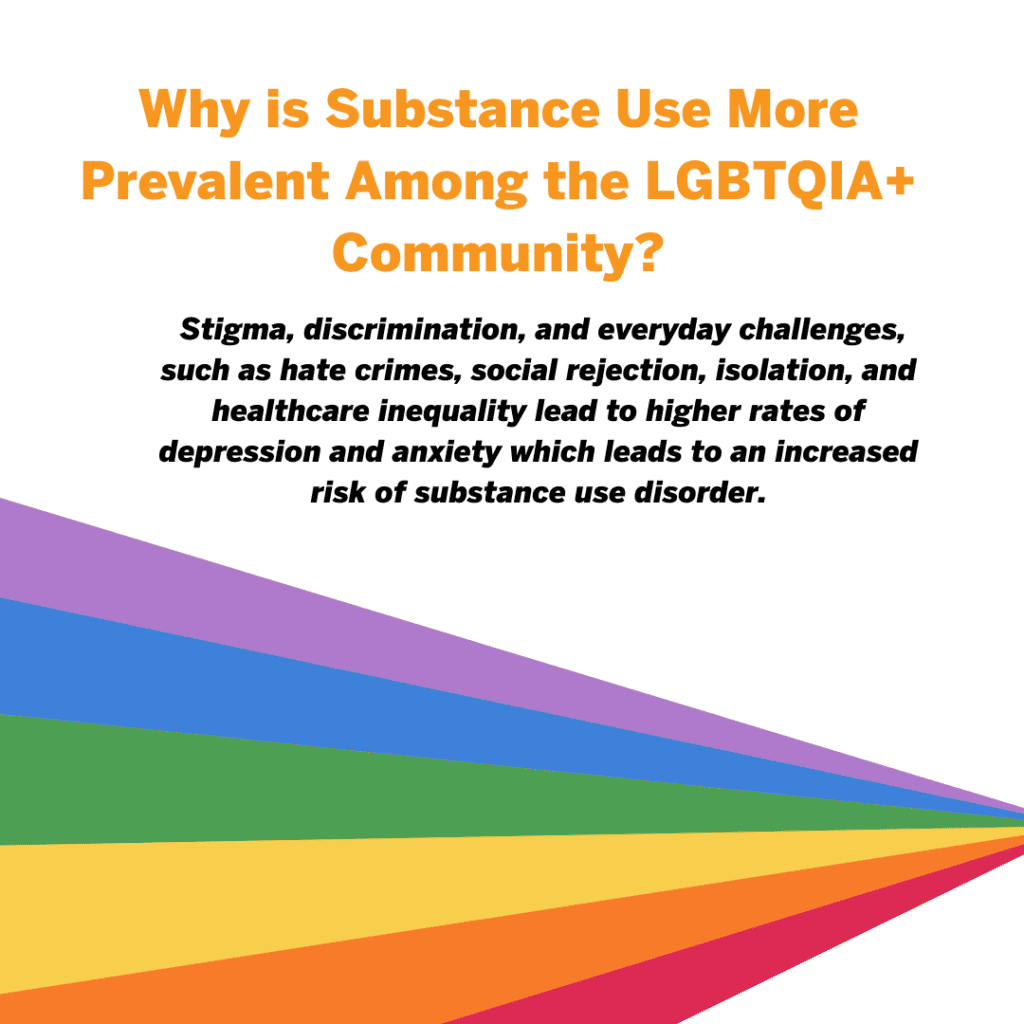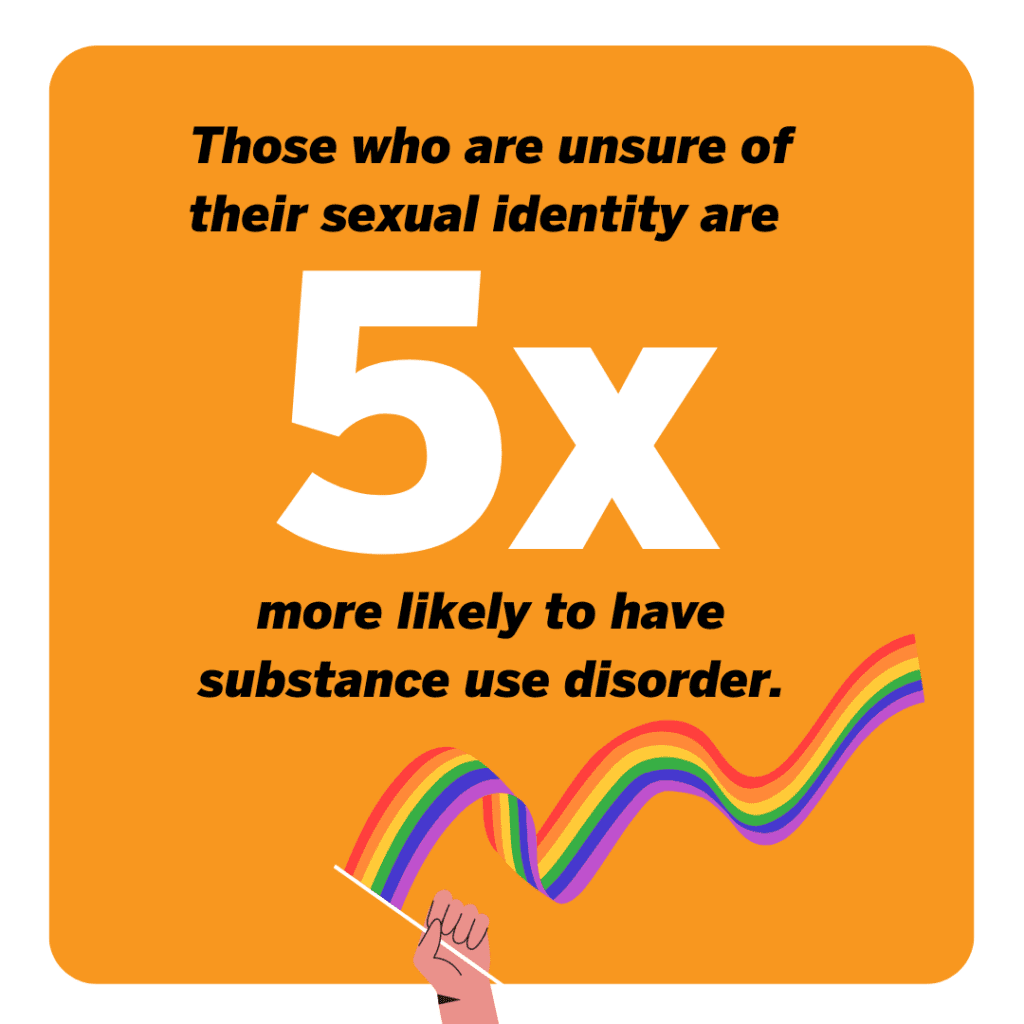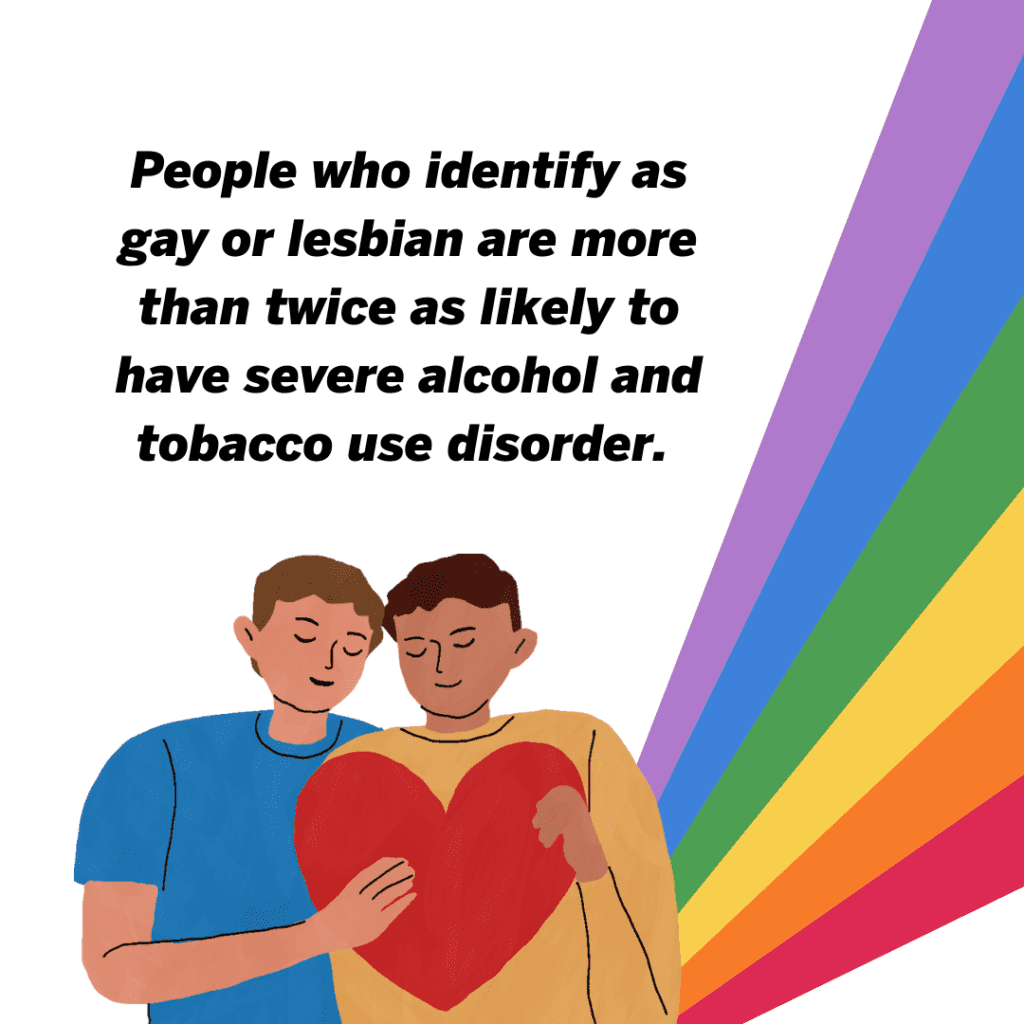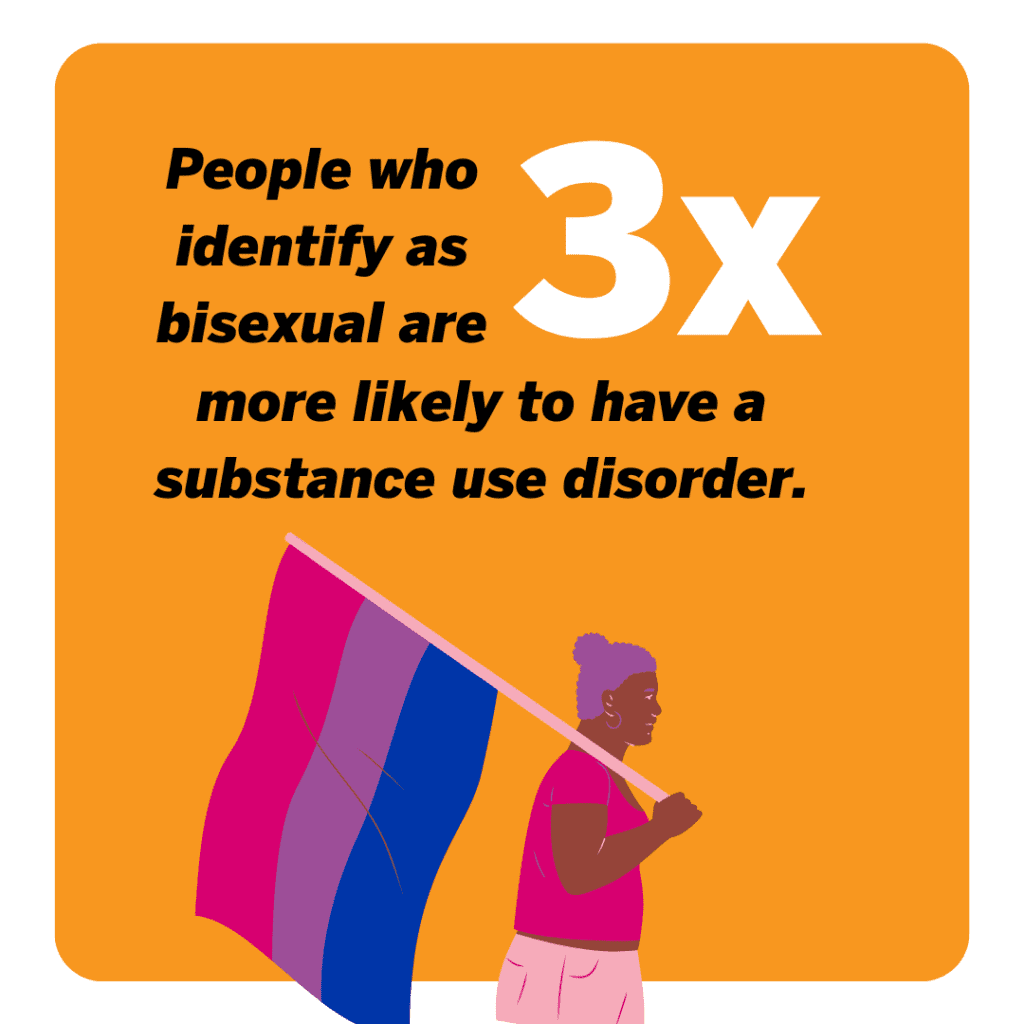Generating systemic change along the addiction recovery continuum
Celebrating Pride and Supporting Affirming Care
June is Pride Month! While we take time to celebrate the achievements of the LGBTQIA+ community, the origin of Pride month is clouded in devastating riots and clashes with police resulting in what became known as the Stonewall Riot in 1969 on June 28th. That day marked the first of 6 days when gay and lesbian activists protested outside the Stonewall Inn, a local gay bar in the heart of New York City. During that time, many gay bars were raided and the queer community was harassed and threatened. While LGBTQIA+ rights were being advocated for, it wasn’t until the Stonewall Riots that the gay rights movement really took off, sparking national organizations to lead the way in advocating and creating policy change.
At ARI, we understand the political environment is always changing but we support the queer community and acknowledge the fact that addiction affects everyone, every community and recovery is possible for all people.
In fact, the LGBTQIA+ community is affected more by substance use disorder than other communities. Due to stigma, societal and political stances, discrimination, hate crimes, rejection, and isolation, the queer community has higher rates of depression and anxiety which lead to a higher increased risk of substance abuse disorder. Gay, lesbian, and bisexual men and women report higher odds of frequent mental distress and depression than heterosexual adults. Transgender children have higher levels of depression, suicidality, self-harm, and eating disorders than cisgender children.
According to SAMSHA, those who identify as gay or lesbian are more than twice as likely to have a severe alcohol and tobacco use disorder and those who identify as bisexual are three times more likely to have a substance use disorder. Even more concerning are those who are questioning their sexual identity are five times more likely to have a substance use disorder. Transgender students (youth and high school) are two and a half times more likely to use methamphetamines and cocaine compared to cisgender peers.
Co-occurring disorders (depression/anxiety and substance use) create higher rates of fatal opioid overdose. Those with depression and a co-occurring disorder are three times as likely to experience a fatal overdose and those with a serious mental illness (SMI) and a co-occurring disorder are six times more likely to experience a fatal overdose.
While the rates of substance use disorder among LGBTQIA+ children and adults are of concern, so is the access to adequate, supportive healthcare. According to the National Institute of Drug Abuse (NIDA), 77 percent of lesbian, gay, and bisexual people have access to healthcare while only 57 percent of those who identify as transgender have access to healthcare.
For addiction professionals, reviewing and learning from valuable resources can benefit not only our practice but the individuals receiving care. SAMSHA, NIDA, and organizations like the SAFEProject, Faces and Voices of Recovery, and The Trevor Project are also helpful in providing peer resources.
The SAFEProject includes a list of ways to make your practice LGBTQIA+ friendly:
- Don’t assume an individual’s sexuality or gender. State your own pronouns when you introduce yourself and encourage other group members to do the same, especially if they are cis-gendered. For example: “I’m Liv. My pronouns are she, her, hers.”
- Don’t use heteronormative cliches like “men stick with the men and women with women.”
- Consider reviewing literature and changing any gendered pronouns to neutral “they/them/theirs.”
- Be conscious of your privilege around access to healthcare, housing, and other facilities and resources. Don’t assume that everyone has the same opportunities.
- Advertise your group on the meeting schedule as LGBTQ+-affirming and don’t share images that are heteronormative or clearly gendered. Try to represent equity and inclusion in choosing images.
- Consider renaming bathrooms to be gender-neutral.
- Don’t silence an individual’s experience relating to their sexuality and be mindful that they may have experienced prejudice and other harms as a result. These types of stressors are just as valid as any other.
- Educate yourself about trauma and practice holding a trauma-informed space.
- When holding meditations, give people the option of keeping their eyes open and moving around.
- Announce at the beginning of the meeting where the exits are, and make it clear that if anyone feels uncomfortable at any time they are free to take a time out and leave the room.
- Ask members to be conscious about sharing traumatic events and that they may be triggering for others.
- Consider holding a specific time during the meeting for people who find it hard to share.
Learn more about current evidence and proposed action to support and affirm LGBTQI+ youth from SAMSHA along with a plethora of resources to educate and inform.

